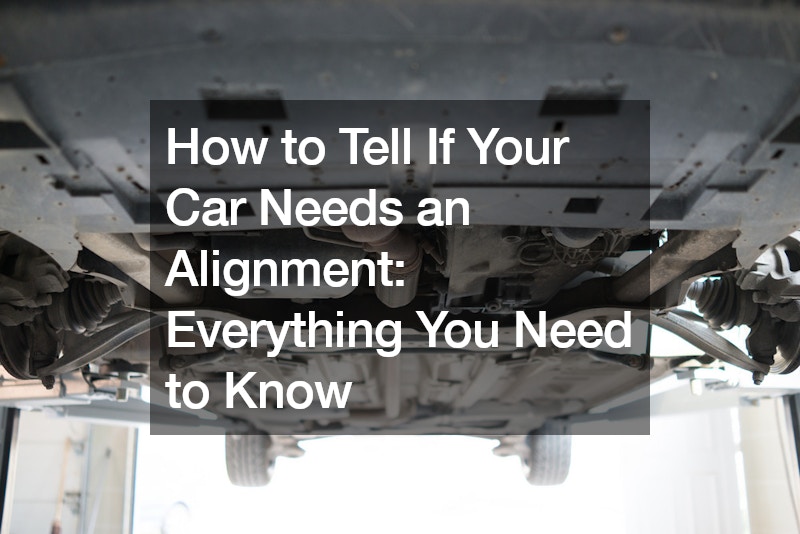Is your car pulling to one side while driving? Do you notice uneven tire wear? These could be signs that your car needs an alignment. In this guide, we’ll cover everything you need to know about car alignments, including signs that indicate your car may need one and what to do if it does.
Understanding Car Alignments
Before we delve into signs of misalignment, let’s first understand what a car alignment entails. A car alignment, also known as a wheel alignment, refers to adjusting the angles of the wheels to ensure they are perpendicular to the ground and parallel to each other.
Proper alignment is crucial for maintaining stability, steering control, and even tire wear.
Signs Your Car Needs an Alignment
1. Vehicle Pulling: One of the most common signs of misalignment is when your car pulls to one side while driving on a straight road. This indicates that the wheels are not properly aligned, causing uneven pressure on the tires.
2. Uneven Tire Wear: Inspect your tires regularly for signs of uneven wear. If you notice excessive wear on the inner or outer edges of the tires, it could indicate misalignment. Uneven tire wear can lead to premature tire replacement and compromise driving safety.
3. Steering Wheel Off-Center: Another indication of misalignment is when the steering wheel is off-center while driving straight. If you notice that the steering wheel is tilted to one side when driving straight, it’s likely that your car’s alignment is off.
4. Vibration or Shaking: Misalignment can also cause vibrations or shaking in the steering wheel or throughout the vehicle while driving. This occurs due to uneven tire wear and improper wheel alignment, resulting in a bumpy ride.
5. Squealing Tires: When making turns, if you hear squealing noises coming from your tires, it could be a sign of misalignment. Improper alignment can cause excessive tire scrubbing against the road surface, leading to squealing sounds.
What to Do If Your Car Needs an Alignment
If you observe any of the aforementioned signs, it’s essential to have your car’s alignment checked by a professional mechanic. Ignoring misalignment can lead to further damage to your tires, suspension components, and steering system.
Here’s what you can expect during a typical alignment service:
1. Initial Inspection: A certified mechanic will conduct a thorough inspection of your vehicle’s suspension components, steering system, and tires to assess the extent of misalignment.
2. Alignment Adjustment: Using specialized equipment, the mechanic will make precise adjustments to the angles of the wheels to bring them back into proper alignment. This may involve adjusting camber, caster, and toe angles as needed.
3. Test Drive: After the alignment adjustments, the mechanic will perform a test drive to ensure that the vehicle drives straight and handles properly.
4. Follow-Up Inspection: It’s recommended to schedule a follow-up inspection after a few hundred miles of driving to ensure that the alignment remains intact and no further adjustments are needed.
Conclusion
In conclusion, proper wheel alignment is essential for maintaining vehicle safety, tire longevity, and driving comfort. By understanding the signs of misalignment and promptly addressing any issues, you can ensure that your car remains in optimal condition. If you suspect that your car needs an alignment, don’t hesitate to schedule a professional inspection and alignment service to keep your vehicle on the right track.
.


